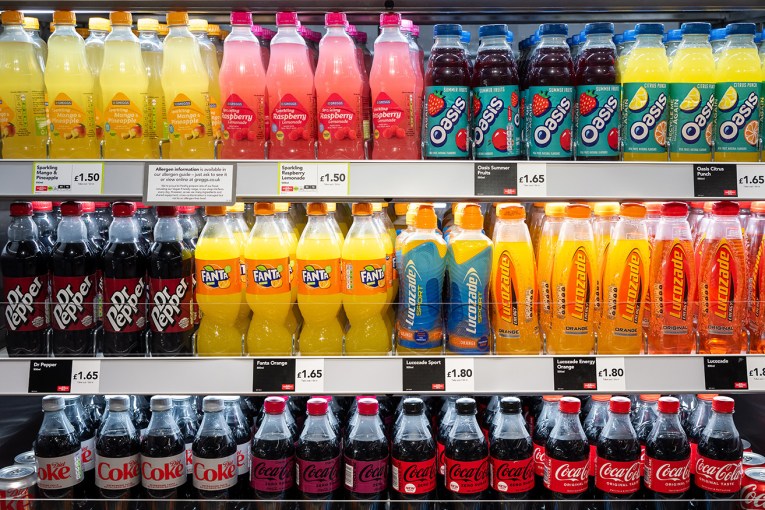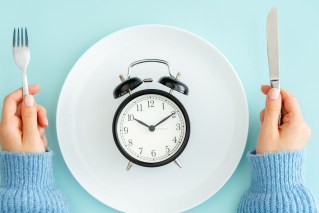Higher grocery prices predicted in lead-up to Christmas

Customers can expect more hip-pocket pain at supermarket checkouts, with the price of groceries skyrocketing.
Data released by price comparison app Frugl Grocery shows prices have soared this year, with the biggest yearly increase since 2019 – up 9.49 per cent in just 12 months.
Some of the hardest-hit items are staples such as dairy and eggs (up 9.05 per cent in just the past three months) and bread (up 4.94 per cent the same period).
Shoppers are also paying more for house and cleaning products (up 16.14 per cent this quarter) and beef products (up 14.44 per cent this quarter).
“To describe the past year’s grocery pricing as volatile would be a gross understatement,” Frugl chief executive Sean Smith said.
“[T]here’s no reason to believe that volatility is going to end any time soon.”
According to Frugl, older Australians face the steepest price rises, with empty nesters copping an increase of 6.43 per cent quarterly and pensions at 6.43 per cent.
After crops recovered from floods in NSW and Queensland earlier this year, fruit and vegetable prices were actually driven down by a strong supply of in-season produce. But this might be short-lived because of the latest flooding crisis across south-east Australia.
Mr Smith said shoppers should prepare for more price increases and supply shortages due to extreme weather.
He said “switching to what’s in-season or trying cheaper cuts of meat” could ease the burden on household budgets.
Repeated floods this year, including those engulfing NSW and Victoria this week, have been devastating for farmers and growers. The pain will likely flow onto consumers, who will have to pay more at the checkout.
Over the past fortnight, thousands of hectares of grain products were damaged or destroyed by flooding in Victoria.
“We estimate the area impacted by the weather we’ve seen would probably account for 20 million tonnes,” Grain Growers Limited chair Brett Hosking told the ABC.
Floodwaters have also cut off access to dairy farms across Victoria. With no tankers to transport milk to supermarkets, tens of thousands of litres of milk has been poured down the drain.
It’s no different in NSW, where agronomists have estimated “conservative” losses of 120,000 hectares of wheat with an estimated value up to $192 million due to widespread flooding in the Moree, Walgett and Narrabri areas.
NSW Farmers Grains Committee chair Justin Everitt said some farmers were calling it a “wet drought”. While it was unlikely to impact food prices in the short-term, he said for some growers it would be a financial disaster.
“You spend all this money preparing your paddocks – sowing your crops, fertilising and spraying them – only to see them wiped out a couple weeks before harvest. It’s heartbreaking,” Mr Everitt said.
“It’s a big turnaround in fortune from the big bumper harvest ABARES (Australian Bureau of Agricultural and Resource Economics) was predicting a couple of months ago.”
Treasury expects the floods in Tasmania, NSW and Victoria to push fruit and vegetable prices up by 8 per cent over the next six months.
Treasurer Jim Chalmers said it was still too early to put a precise price tag on the floods.
“This is just an initial estimate and the costs could be even more significant,” he warned.
“We know that the price of basic groceries and food will go up” he told the ABC.
“Australians will find it that much tougher when they’re already under the pump.”









